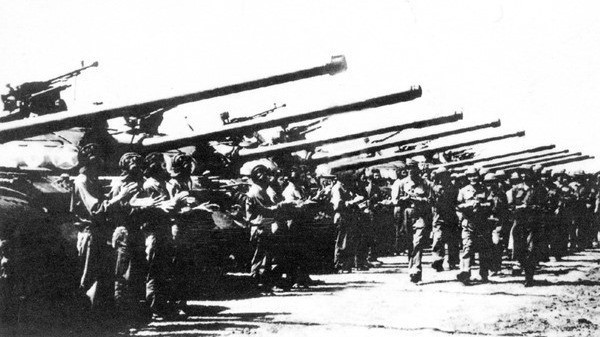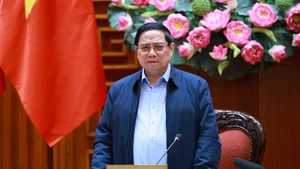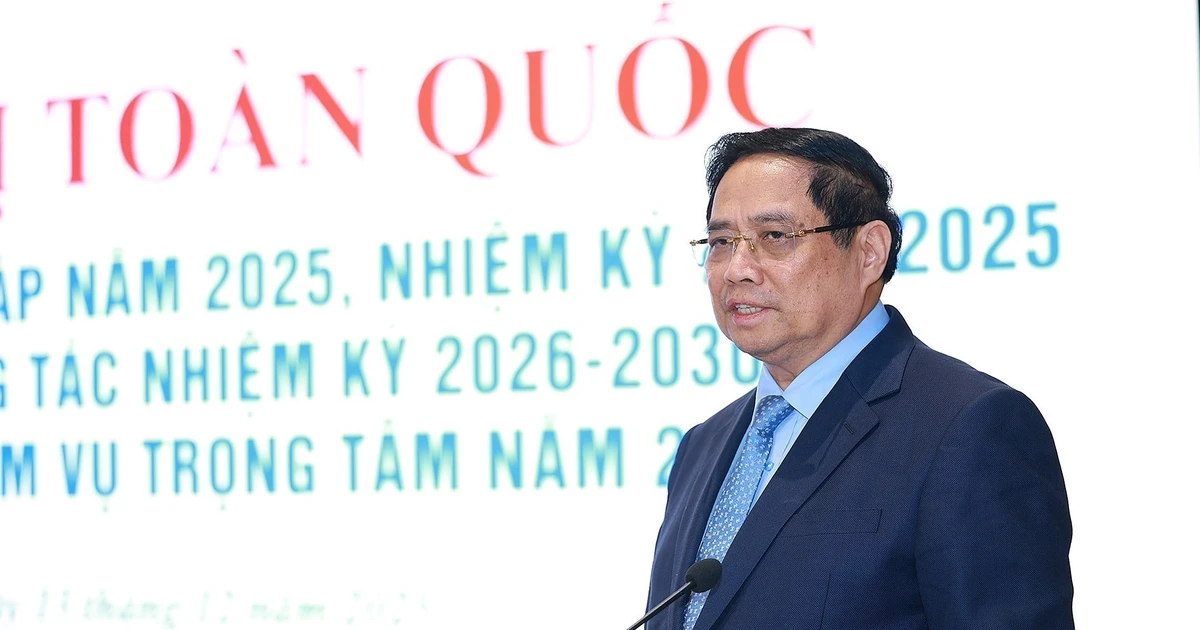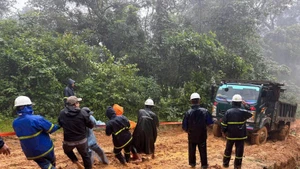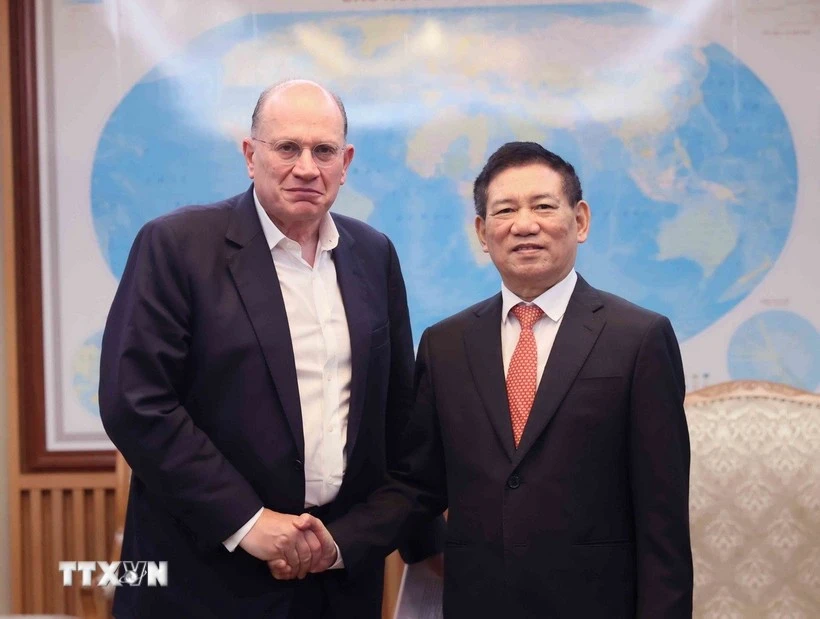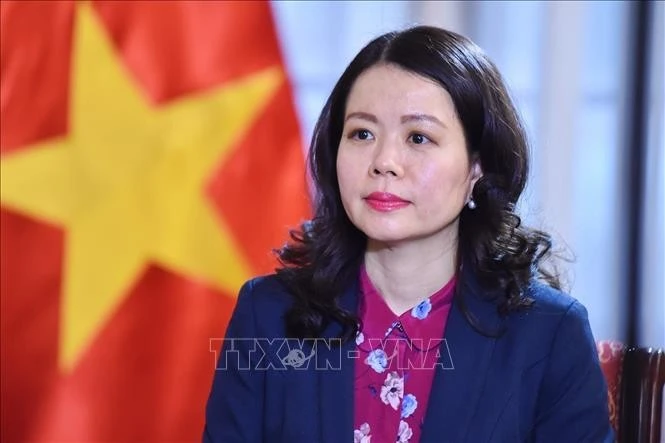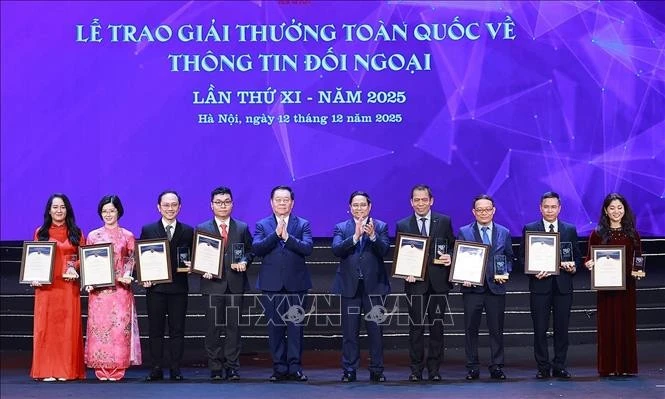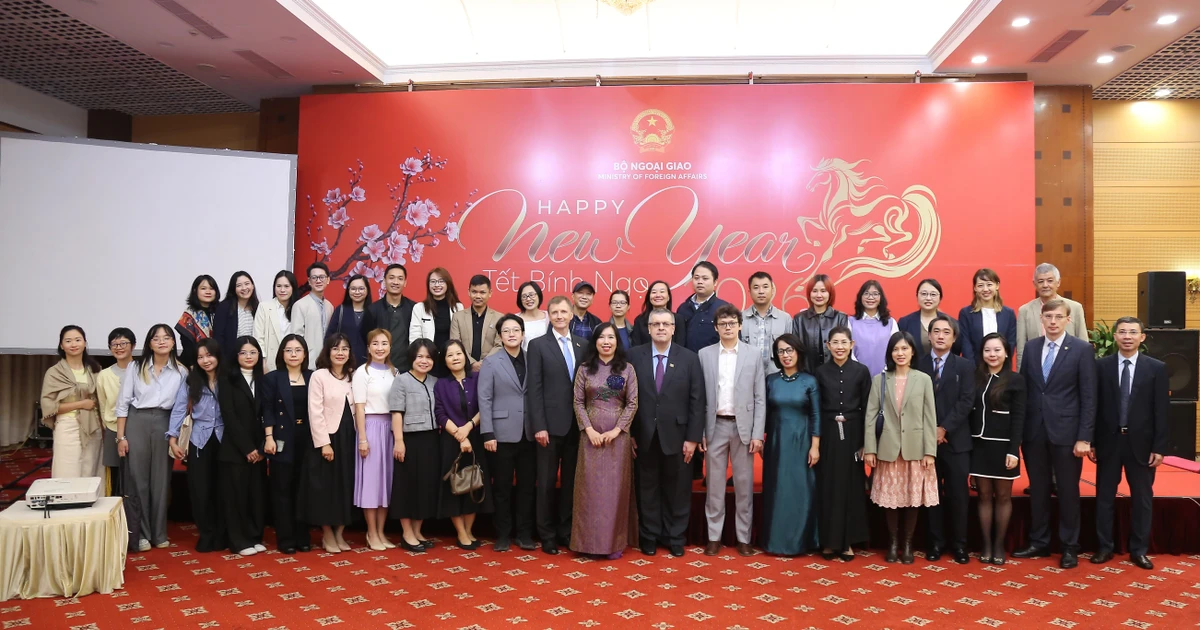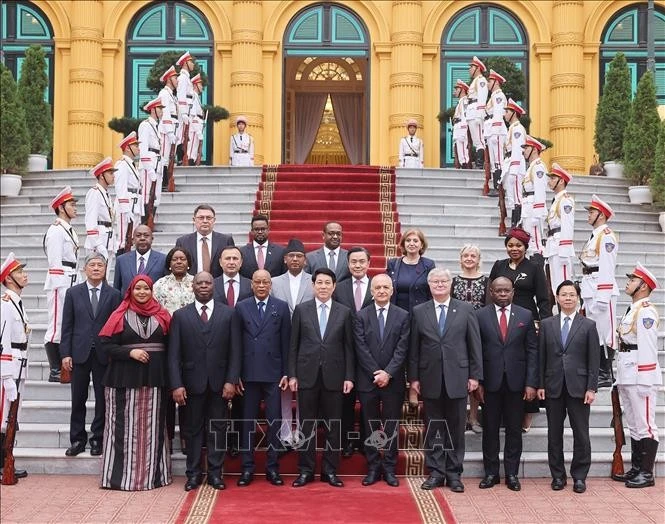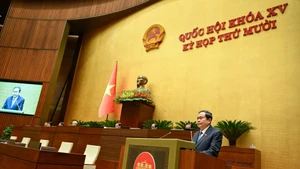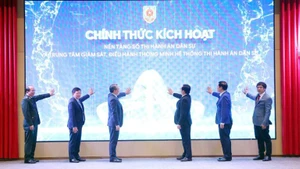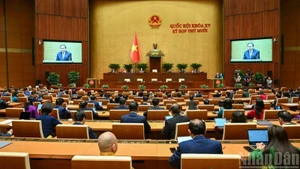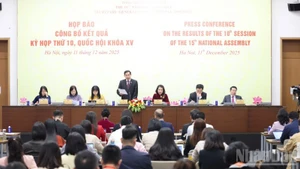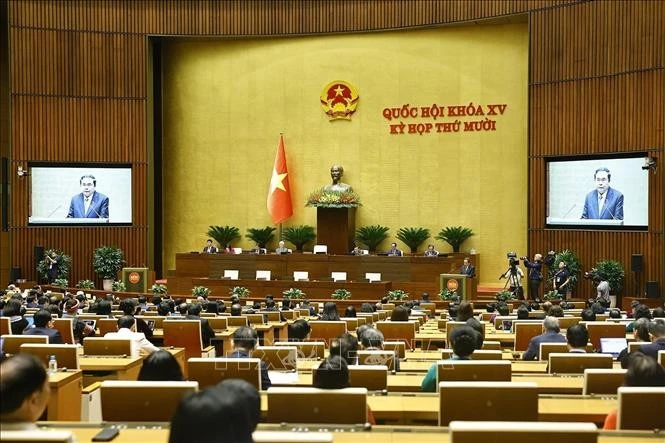On April 22, 1975, the Politburo convened to assess the developments of the general offensive and uprising in the South. Following the meeting, First Secretary Le Duan sent a telegram to the Command of the Campaign, instructing: “The US and the puppet regime are attempting to delay our offensive on Sai Gon by forming a new government and proposing a ceasefire to seek a political solution that could save them from total defeat. The opportunity for launching a general military and political offensive on Saigon has ripened. We must seize every day to promptly initiate the assault. Acting now is the surest way to achieve complete victory. Any delay would be both militarily and politically disadvantageous…”
On the same day, the Central Military Commission sent a telegram to Comrade Van Tien Dung – Commander of the Ho Chi Minh Campaign – stating: “The enemy is delaying in an attempt to propose a ceasefire and prolong the situation into the rainy season. If Saigon cannot be held, they will withdraw to the Mekong Delta and establish Can Tho as their centre of resistance. The Southwestern direction and Route 4 must be prepared to block and annihilate enemy forces as they retreat from Saigon to Can Tho.”
In Ham Tan Town, Binh Tuy Province, the enemy, after retreating by ship and boat to the sea, thought our forces were advancing south, so they returned to occupy the town. On April 22, 1975, Regiment 66, Division 304, Corps 2, was reinforced by Armored Battalion 5, Artillery Battalion 105, an anti-aircraft artillery company, and Company 9, Regiment 128, Division 325, together with local forces, attacked and liberated Ham Tan Town, destroying and disintegrating nearly 5,000 enemy troops clustered in the town.
Also in Binh Tuy, on April 22, 1975, Regiment 812 and other coordinated forces quickly captured the Lang Gon area. Local Company 88 used 60mm mortars to destroy the ammunition depot in Dong Den. Another attack force crossed the sea to defend Hon Ba Island (2km from the mainland).
On the same day, at the Eastern Wing Headquarters, the Eastern Wing Command received the Ho Chi Minh Campaign mission from envoys of the Campaign Command. That same night, the Party Committee and Corps Command 2 met to study and thoroughly understand the mission and develop the Corps’ battle plan for the Ho Chi Minh Campaign.
On April 22, 1975, Major General Hoang Cam – Commander and Major General Hoang The Thien – Political Commissar of Army Corps 4, arrived at the Frontline Command Post of the Ho Chi Minh Campaign Headquarters in Gia Ray to report the current situation and confirm the Corps’ commitment with Lieutenant General Le Trong Tan, Deputy Commander, and Lieutenant General Le Quang Hoa, Deputy Political Commissar of the Campaign Command.
On the same day, at Dong De, the Truong Son Command convened an emergency meeting with the heads of its subordinate units. Comrade Dong Sy Nguyen, Commander of the Truong Son Army Corps, informed of the preparations for the Ho Chi Minh Campaign, outlined the overall mission for the Truong Son forces, and assigned specific tasks to each unit.
Also on April 22, 1975, with technical support from specialists of the United States Defence Attaché Office (DAO), enemy air forces dropped CBU-55 cluster bombs on the area where Liberation Army troops had assembled in Xuan Loc. The bomb’s devastating force cleared a vast area, killing hundreds and destroying many civilians’ homes and gardens on the outskirts of the town.
